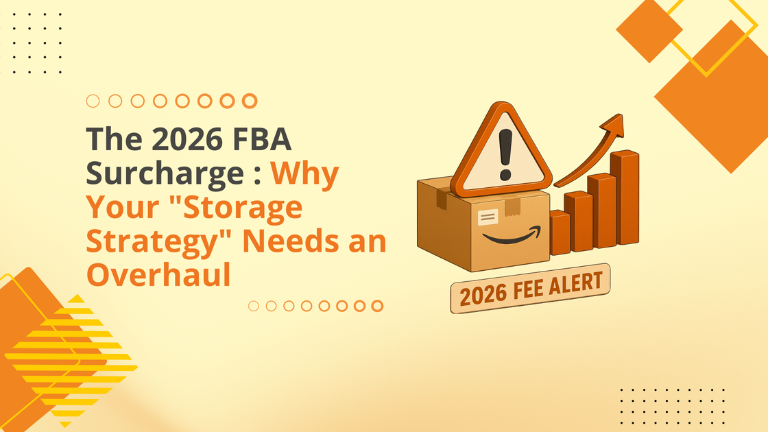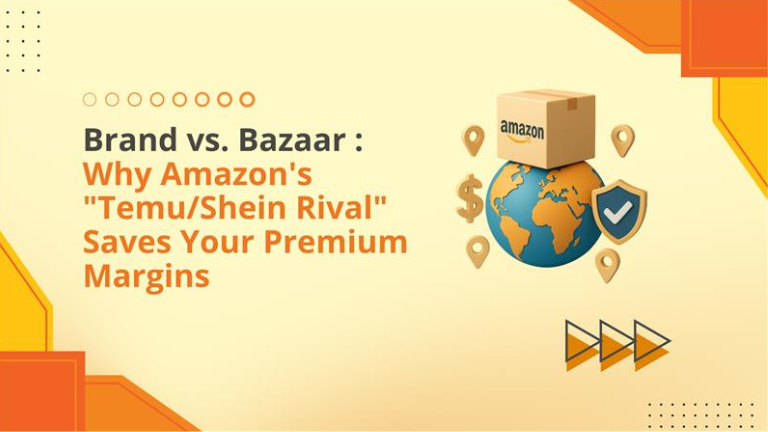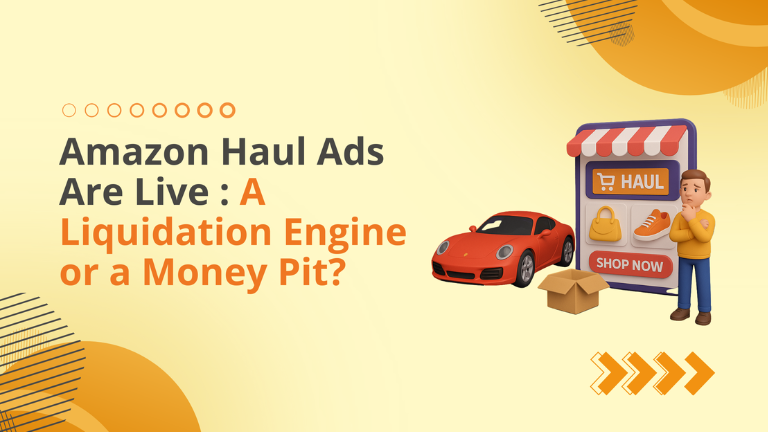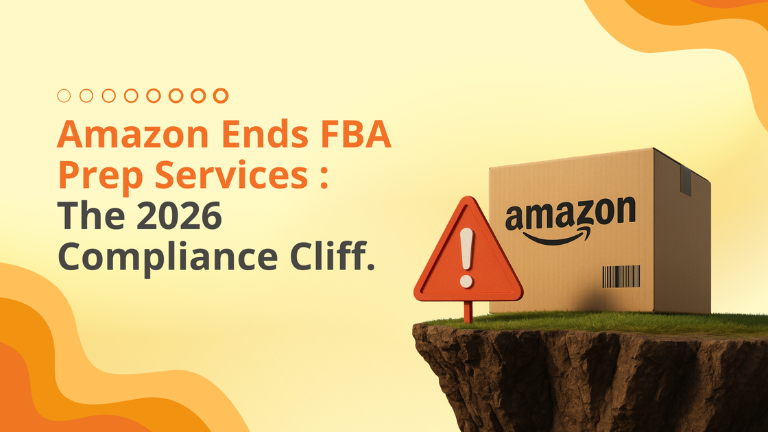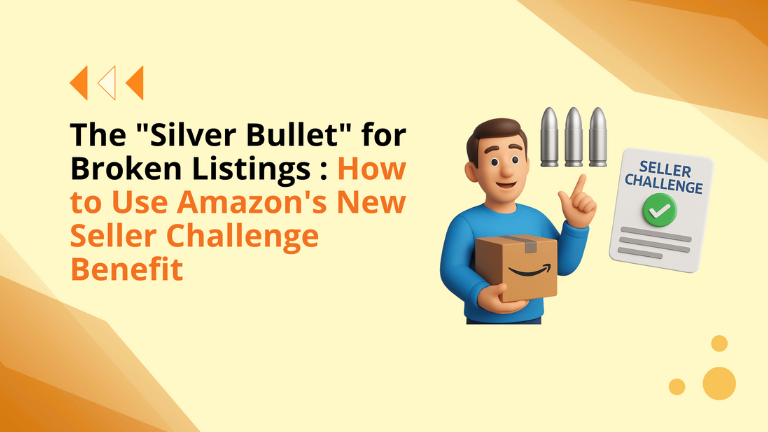Project Amelia: Your New “Co-Pilot” for Amazon Domination
The days of digging through the “Business Reports” tab in Seller Central are numbered. Amazon is currently rolling out Project Amelia, a generative AI assistant designed to act as your personal Amazon selling expert. For the unprepared seller, this is a cool feature. For the strategic seller, this is a weapon. What is Project Amelia? It is a Large Language Model (LLM) integrated directly into your seller account. It has access to your specific business data and the broader Amazon policies. Instead of clicking through menus, you engage in a conversation. The Three Tiers of Amelia Information Retrieval: Need to know a new policy? Don’t search the help files. Ask Amelia. She’ll likely be able to summarize the relevant policy instantly. Business Metrics: “How did my Q3 sales compare to last year?” Amelia pulls the data, does the math, and presents the variance. Diagnostic Analysis: You can ask, “My sales on the Blue Widget are down. What metrics have changed?” Amelia analyzes traffic, conversion, pricing, and inventory to give you a relevant factors/metrics. The Trap Mistaking Data for Strategy Amelia is an incredible analyst, but she is a terrible marketer. She can tell you that your conversion rate is low. She cannot look at your product photos and tell you they look “cheap” compared to the competition. She can tell you that your sales are down. She cannot dream up a bundle idea to revitalize the listing. Where Big Internet Ecommerce Fits In We bridge the gap between “AI Insight” and “Human Execution.” The “Why” vs. The “How”: Amelia tells you why you are losing sales (e.g., “Competitor lowered price”). We tell you how to respond without destroying your margin (e.g., “Don’t lower price; upgrade the main image and run a coupon”). Prompt Engineering for Sellers: We know the right questions to ask Amelia to uncover hidden liabilities in your account that most sellers miss. Actioning the Data: Data is useless without action. When Amelia flags an inventory risk, our team immediately adjusts the FBA inbound workflow to solve it. Amelia is the engine. You are the driver. We at BigIntermetEcommerce are the navigation system. Book a call to get your customized strategy roadmap today. Follow Big Internet Ecommerce (BIE) on Instagram & LinkedIn to stay updated with the latest trends in Amazon selling.
Project Amelia: Your New “Co-Pilot” for Amazon Domination Read More »



